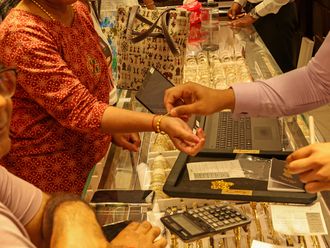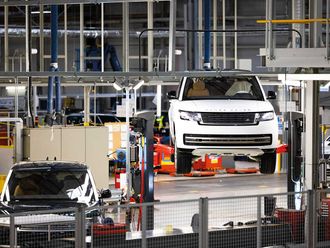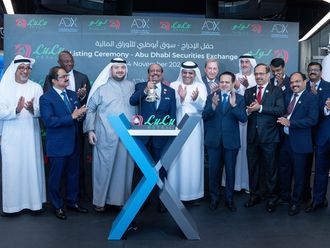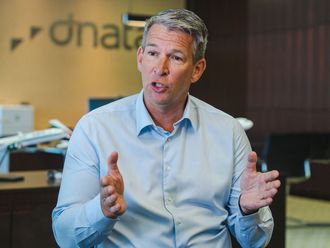Sydney: Australian retail sales in June matched the biggest advance since April 2011 and exports fell for the first time in four months, signalling the nation’s economic growth is increasingly reliant on domestic demand.
Sales climbed 1 per cent to 21.6 billion Australian dollars (Dh83.4 billion) from a month earlier, when they rose a revised 0.8 per cent that was stronger than initially reported, the Bureau of Statistics said in Sydney on Thursday. That exceeded the median forecast in a Bloomberg survey for a 0.7 per cent gain. Another report showed an unexpected trade surplus in June as fuel imports declined.
Retail sales have been fuelled by A$2 billion in government carbon rebates and benefit checks paid out since May, as well as four interest-rate cuts since November. Reserve Bank of Australia Governor Glenn Stevens left the benchmark rate unchanged last month, saying its 75 basis points in reductions in May and June to 3.5 per cent will buttress the strongest developed economy as growth slows from India to Germany.
“It’s a great outcome for the central bank because there’s lots of sales without generating inflation,” said Michael Turner, an economist at RBC Capital Markets Ltd. in Sydney who predicted the result. “The cash handouts were very influential in what’s happened in June and there was also the rate cut at the start of the month and petrol prices were sharply weaker.”
The local dollar, which has risen 8 per cent since June 1, traded at $1.0483 at 2:36pm in Sydney, compared with $1.0456 before the data. Traders are pricing in a 79 per cent chance Stevens will leave rates on hold at a policy meeting next week, according to Bloomberg data based on swaps trading.
Spending at department stores rose 3.4 per cent, and consumers spent 1.8 per cent more on clothing, footwear and accessories, today’s report showed. They spent 0.2 per cent less on household goods, it showed.
Retail sales, adjusted to remove inflation, increased 1.4 per cent in the three months through June from the previous quarter, the report showed. Economists had forecast a 0.9 per cent increase.
Australia’s largest electrical-goods chain, Harvey Norman Holdings Ltd., said lower-income areas that received rebates are outperforming richer neighborhoods, while biggest retailer Woolworths Ltd. said less-affluent shoppers were buying Apple Inc.’s iPad.
Wesfarmers Ltd.’s Target chain, the country’s largest department-store network with 301 outlets, put in its best performance in at least 2 1/2 years in the three months through June, the company said July 26. Sales at stores open at least 12 months rose 4.5 per cent from a year earlier, Wesfarmers said. The measure declined in eight out of the previous nine quarters.
Trade Balance
Thursday’s trade report showed exports outpaced imports by A$9 million, from a revised A$313 million deficit in May. The median estimate in a Bloomberg News survey was for a deficit of A$375 million. The April balance was revised to a A$20 million surplus from a previously reported deficit of A$26 million.











